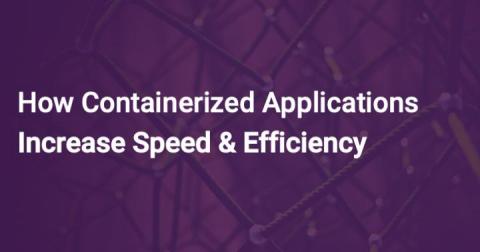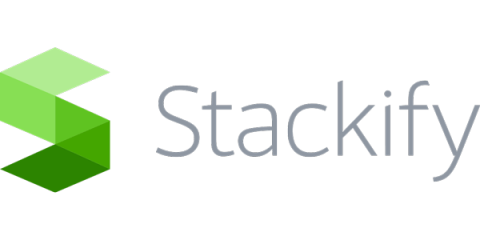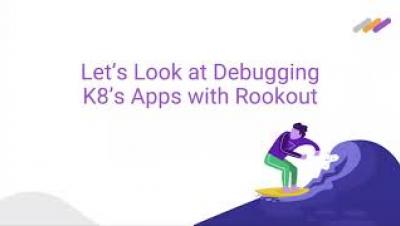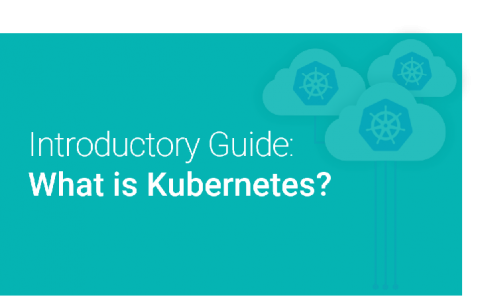Matching Steps: Reacting to the unexpected (iOS 14 recap)
Last week was kind of crazy. Apple announced the public release of iOS14 on the day before triggering a major Twitter-meltdown among developers. Thanks to the quick response of our team, just under 20 hours later we were able to release the new Xcode 12 stack on Bitrise.










